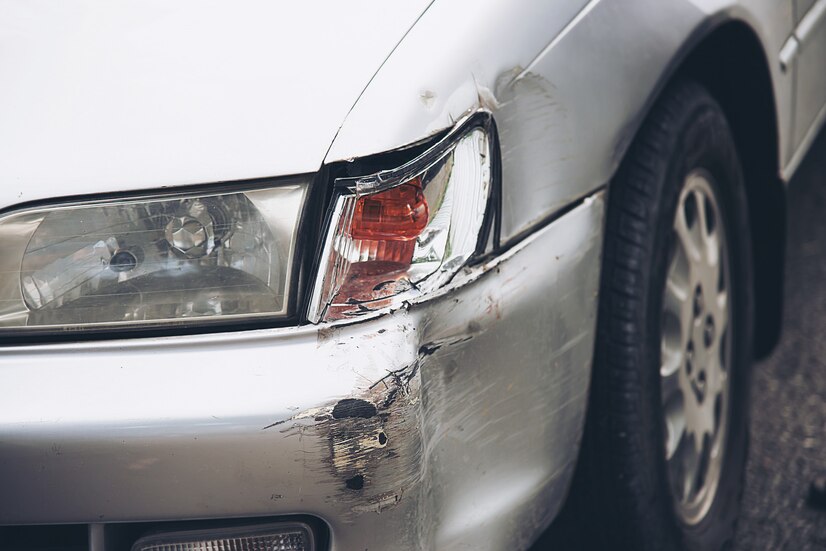Imagine this: you’re cruising down the road, windows down, music blasting, when suddenly – a rogue squirrel darts out in front of you! You swerve to avoid the furry daredevil, but clip a curb in the process. Your car, once your trusty companion, now sports a mangled bumper and a suspicious grinding noise.
This isn’t exactly a superhero origin story. It’s a common scenario, and the aftermath can leave a dent in your wallet (and maybe your spirit) if you’re not prepared. That’s where car insurance comes in – it’s not as exciting as a cape and mask, but it can be just as heroic when it comes to protecting you from the financial fallout of unexpected car troubles.
Buckle Up for Car Insurance 101: Your Essential Guide
Car insurance might seem complex, but it doesn’t have to be. Let’s break it down into easy-to-understand bits. In essence, car insurance is a financial safety net that protects you from the costs associated with owning and operating a car. Here’s how it works:
- You pay a premium: This is the amount you pay to the insurance company, typically on a monthly or yearly basis. The premium amount depends on several factors, including your driving record, the type and value of your car, and your location.
- The insurance company covers your costs: If you’re involved in an accident, your car gets stolen, or it suffers damage from events like fire or hail, the insurance company will step in and pay for repairs or replace your vehicle, depending on your policy coverage.
There are different types of car insurance policies available, each offering varying levels of protection. Here’s a quick breakdown of the most common ones:
- Third-party liability (TPL): This is the most basic type of car insurance. It covers the injuries and property damage you cause to others in an accident but doesn’t cover any damage to your own vehicle.
- Comprehensive: This type of policy offers broader coverage than TPL. It covers your car for damage caused by accidents, theft, fire, vandalism, and natural disasters, in addition to third-party liability.
- Collision: This covers repairs to your own car if it’s damaged in a collision with another vehicle or object. Collision coverage often comes as part of a comprehensive policy, but it can also be purchased separately.
Think of it like this: TPL is like a helmet for your car – it protects others on the road. Comprehensive coverage is more like a full suit of armor – it safeguards both you and your car.
Why Do You Need Car Insurance? It’s More Than Just Avoiding Tickets
While car insurance is mandatory in many countries, it’s not just about following the law. Here are some compelling reasons why having car insurance is crucial:
- Peace of mind: Knowing you’re financially protected in case of an accident or other mishaps brings immense peace of mind. You can focus on recovering from the incident without worrying about the financial burden of repairs or replacements.
- Preparedness for the unexpected: Let’s face it, life is full of surprises, and car troubles are no exception. Even the most cautious driver can encounter unforeseen circumstances. Insurance ensures you’re not left holding the bag for expensive repairs or a totaled car.
- Protection from financial hardship: Accidents and car damage can be incredibly expensive. Without insurance, the cost of repairs or replacements could put a significant strain on your finances. Insurance acts as a safety net, preventing a single incident from derailing your financial well-being.
Understanding Common Car Insurance Concepts: Don’t Get Lost in the Jargon
Car insurance policies can include various terms that might seem confusing at first. Here’s a quick explanation of some key concepts:
- Deductible: This is the amount you’ll have to pay out of pocket before the insurance company starts covering the costs in a claim. A higher deductible generally translates to a lower premium.
- Coverage limits: These are the maximum amounts the insurance company will pay for repairs or replacements in different categories (e.g., property damage, bodily injury).
- No-Claim Bonus (NCB): In many insurance plans, you can earn a discount on your premium for every year you go without making a claim.
Remember: It’s always best to discuss these concepts with your insurance provider to ensure you fully understand your policy’s terms and coverage details.
Ready to Get Started with Car Insurance? Here’s What to Do Next:
Now that you’re armed with the basics of car insurance, you’re ready to take action! Here are some steps to get you started:
- Compare quotes: Get quotes from different insurance companies
